Digital Poster
Image Reconstruction
ISMRM & ISMRT Annual Meeting & Exhibition • 10-15 May 2025 • Honolulu, Hawai'i

 |
Computer Number: 33
4618. An
adaptive deep learning reconstruction for both hyperpolarized
13C magnetic resonance spectroscopic imaging and deuterium
metabolic imaging
Z. Wang, J. Zhao, Y. Wang, J. Yan, Q. Bao, P. Cao
University of Hong Kong, Hong Kong, Hong Kong
Impact:
The generalizability of the proposed pipeline for high-quality MRSI reconstruction has been demonstrated in various applications, including HP 13C MRSI and DMI, suggesting its feasibility as a molecular imaging tool for both scientific and clinical applications. |
|
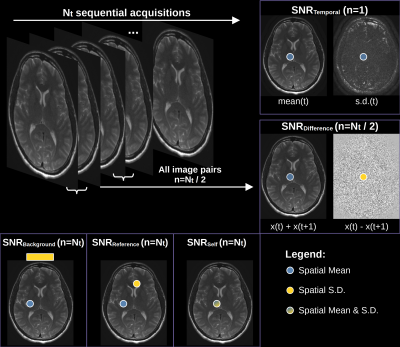 |
Computer Number: 34
4619. Accuracy
of SNR estimates and relative changes in SNR with applied Deep
Learning-based Reconstruction in the brain and abdomen
E. McNabb, V. Fortier, I. Levesque
McGill University Health Centre, Montreal, Canada
Impact: SNR measured from sequential images in the brain
and abdomen demonstrated that DLR improved SNR. Results from
single-image noise estimates were inaccurate. Further,
results from known parameter modifications demonstrated that
DLR underestimated the expected relative SNR differences in
all methods.
|
|
 |
Computer Number: 35
4620. Probing
the sparsity of the MPnRAGE sequence through subspace
compression
N. Niessen, T. Sprenger, C. Pirkl, A. B. Solana, M. Cencini,
E. Avventi, M. Tosetti, M. Menzel, J. Schnabel
Technical University of Munich, Munich, Germany
Impact: We demonstrate the potential for an accelerated
MPnRAGE acquisition by leveraging the sparsity in the
TI-space. Rapid acquisition of different inversion contrasts
will allow to analyze microstructure in a clinical context
e.g. for the early detection of neurodegenerative diseases.
|
|
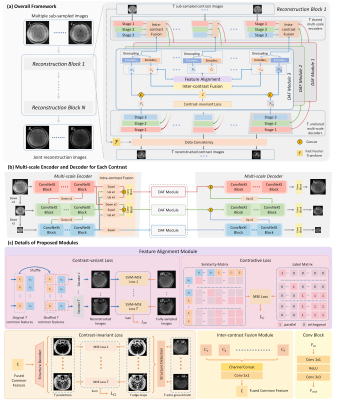 |
Computer Number: 36
4621. Joint
Reconstruction of Multi-contrast MR Images Through Information
Decoupling, Alignment, and Fusion
R. Dan, K. Sun, Y. Zhou, X. Zong, H. Zhang, D. Shen
ShanghaiTech University, Shanghaitech, China
Impact: Our joint reconstruction model significantly
reduces acquisition times for multi-contrast MRI and shows
promise for quantitative MRI, improving parametric map
estimation. It also holds potential for other clinical
applications requiring multiple imaging modalities.
|
|
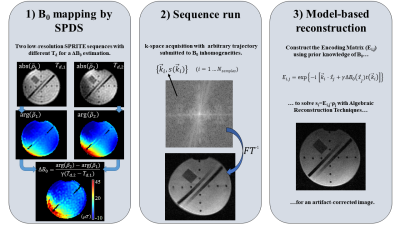 |
Computer Number: 37
4622. In-vivo
correction of B0-induced distortions in a portable Halbach
scanner
J. Borreguero, F. Galve, J. M. Algarín, E. Pallás, R. Bosch,
J. Conejero, M. Fernández, P. García-Cristobal, T.
Guallart-Naval, L. Swistunow, J. Alonso
Institute for Instrumentation in Molecular Imaging (Spanish National Research Councial (CSIC) & Universitat Politècnica de València (UPV)), Valencia, Spain
Impact: The value of brain and musculoskeletal images
obtained in low-cost scanners can be significantly enhanced
with respect to standard methods when the main magnetic
field deviates substantially from an ideal, homogeneous
distribution.
|
|
 |
Computer Number: 38
4623. Lesion-Enhanced
Fast MRI with Weakly Supervised, Model-Driven Deep Learning
F. Ju, Y. He, F. Wang, C. Lian, J. Ma
Xi'an Jiaotong University, Xi'an, China
Impact: In a weakly supervised setting, our method uses
only MRI image-level labels to achieve accelerated MRI
reconstruction while localizing the lesion areas and
improving their reconstruction quality. This has significant
implications for clinical applications.
|
|
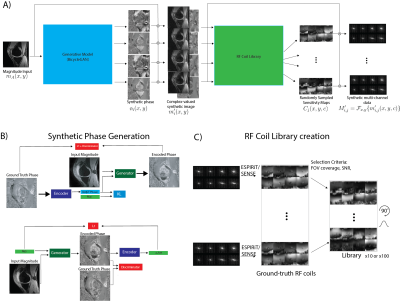 |
Computer Number: 39
4624. A
deep generative framework for synthetic raw MRI data
N. Deveshwar, A. Rajagopal, M. Lustig, P. Larson
University of California, San Francisco, San Francisco, United States
Impact: The ability to create training datasets from
clinical archives to train custom downstream reconstruction
models without reliance on prospectively made datasets for
training
|
|
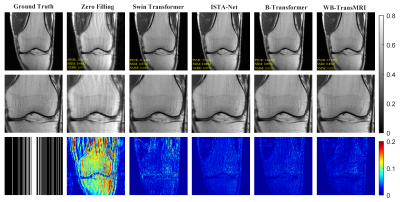 |
Computer Number: 40
4625. Fractional-Order
Diffusion Equation Driven White-Box Transformers for Accelerated
MRI
T. Xie, C. Luo, X. Wang, L. Cao, Y. Zhang, L. Tang, J.
Zhang, Z. Cui, D. Liang
Inner Mongolia Medical University, Hohhot, China
Impact: We constructed a Transformer-like architecture
using fractional Laplacian operators to establish an MRI
reconstruction model. The parameters of the Transformer-like
architecture can be interpreted as coefficients of the
fractional Laplacian operator, making the model a fully
interpretable deep learning reconstruction.
|
|
 |
Computer Number: 41
4626. Robust
Plug-and-Play Methods for highly Accelerated Non-Cartesian MRI
Reconstruction: A reproducible benchmark.
P-A Comby, M. Terris, A. Vignaud, P. Ciuciu
CEA/Neurospin, Paris, France
Impact: The proposed algorithm's improved image quality
and accelerated reconstruction times at a minimal cost, and
generalizes to any sampling pattern and acceleration factor.
|
|
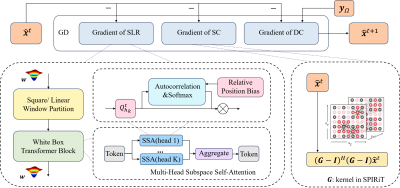 |
Computer Number: 42
4627. Predictability
Prior Driven White-Box Transformer for $$$k$$$-Space
Interpolation
C. Luo, T. Xie, H. Wang, C. Liu, L. Tang, J. Zhang, G. Chen,
Q. Jin, Z-X Cui, D. Liang
School of Mathematical Sciences, Inner Mongolia University, Hohhot, China
Impact: Drawing upon global and local predictability
priors in $$$k$$$-space, we introduce, for the first time, a
white-box Transformer for $$$k$$$-space interpolation. Our
method exhibits enhanced interpretability and lower
computational complexity compared to conventional
Transformer, thereby presenting promising prospects.
|
|
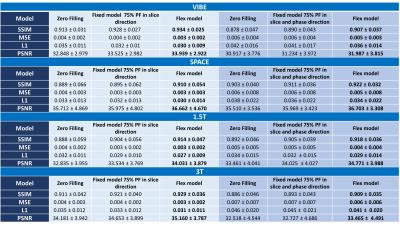 |
Computer Number: 43
4628. Combined
Super Resolution and Partial Fourier Reconstruction for 3D
Magnetic Resonance Imaging with varying Partial Fourier settings
P. B Venkategowda, K. Prabhu M, A. K Kumaraswamy, B. Mehta,
V. Anandan, M. Helo, T. Benkert, S. Su Yoon, T. Hülnhagen,
D. Nickel
Magnetic Resonance, Siemens Healthcare Pvt. Ltd., Bengaluru, India
Impact: Our unified network performs super-resolution
and PF reconstruction across a large range of PF factors
applied in arbitrary directions. This removes the need for
multiple dedicated networks trained for specific PF factors
and simplifies pre- and post-processing operations.
|
|
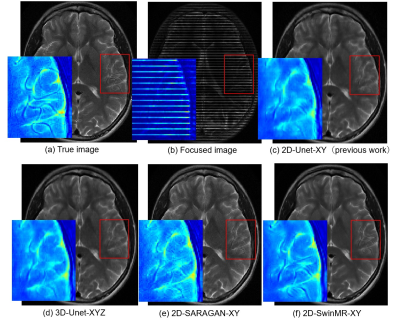 |
Computer Number: 44
4629. Improvements
of Reconstruction Performance in a Simultaneously Multislice
Imaging Using Deep Learning-based Image Separation
M. FURUTA, S. ITO, K. YAMATO
Graduate School of Regional Development and Creativity, Utsunomiya University, Utsunomiya, Japan
Impact: The image quality of Deep learning-based SMS has
been greatly improved.
|
|
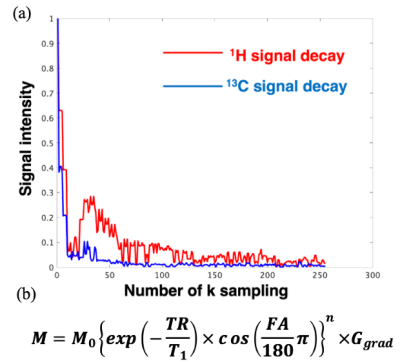 |
Computer Number: 45
4630. K-Space
Correction of Rapid Hyperpolarized Signal Decay-induced Image
Distortion in Hyperpolarized 13C Metabolic MRI
H. Fujiwara, H. Hirata, S. Matsumoto
Information Science and Technology, Hokkaido University, Sapporo, Japan
Impact: Rapid hyperpolarized 13C
MRI signal decay during k-space data sampling causes
significant distortion of spatial distribution of
metabolites, which can be successfully corrected in the
post-processing by considering additional the effect of the
magnetic field gradients on the decay.
|
|
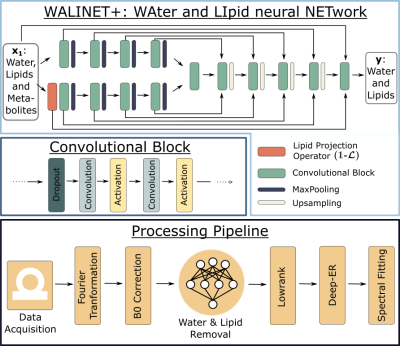 |
Computer Number: 46
4631. WALINET+:
A water and lipid identification Neural Network for nuisance
removal of water Unsuppressed Magnetic Resonance Spectroscopic
Imaging.
P. Weiser, G. Langs, S. Motyka, W. Bogner, S. Courvoisier,
G. Ungan, M. Hoffmann, A. Klauser, O. Andronesi
Athinoula A. Martinos Center for Biomedical Imaging, Massachusetts General Hospital, Boston, MA, USA, Boston, United States
Impact: WALINET+ is an initial attempt for a deep
learning based removal of nuisance signals in water
unsuppressed 7T MRSI, and has the potential of reducing
acquisition times by several minutes.
|
|
 |
Computer Number: 47
4632. Re-Thinking
Image Artifacts: From Errors to A Valuable Source of Information
J. Huber, M. Günther
Fraunhofer MEVIS, Bremen, Germany
Impact: This study might introduce a novel understanding
of artifacts in MRI images. Instead of aiming for artifact
prevention, we propose to think about potential additional
(diagnostic) information about the object of interest which
might be reconstructed from those image artifacts.
|
|
 |
Computer Number: 48
4633. Analytical
simulation of motion in MRI using phase distribution graphs
J. Endres, M. Zaiss
University Clinic Erlangen, Erlangen, Germany
Impact: PDG Bloch simulation is orders of magnitudes
faster than isochromat solutions, produces physically
correct signals and is fully differentiable. The
introduction of motion brings the simulation even closer to
reality and enables to include it in sequence development or
optimization.
|
The International Society for Magnetic Resonance in Medicine is accredited by the Accreditation Council for Continuing Medical Education to provide continuing medical education for physicians.